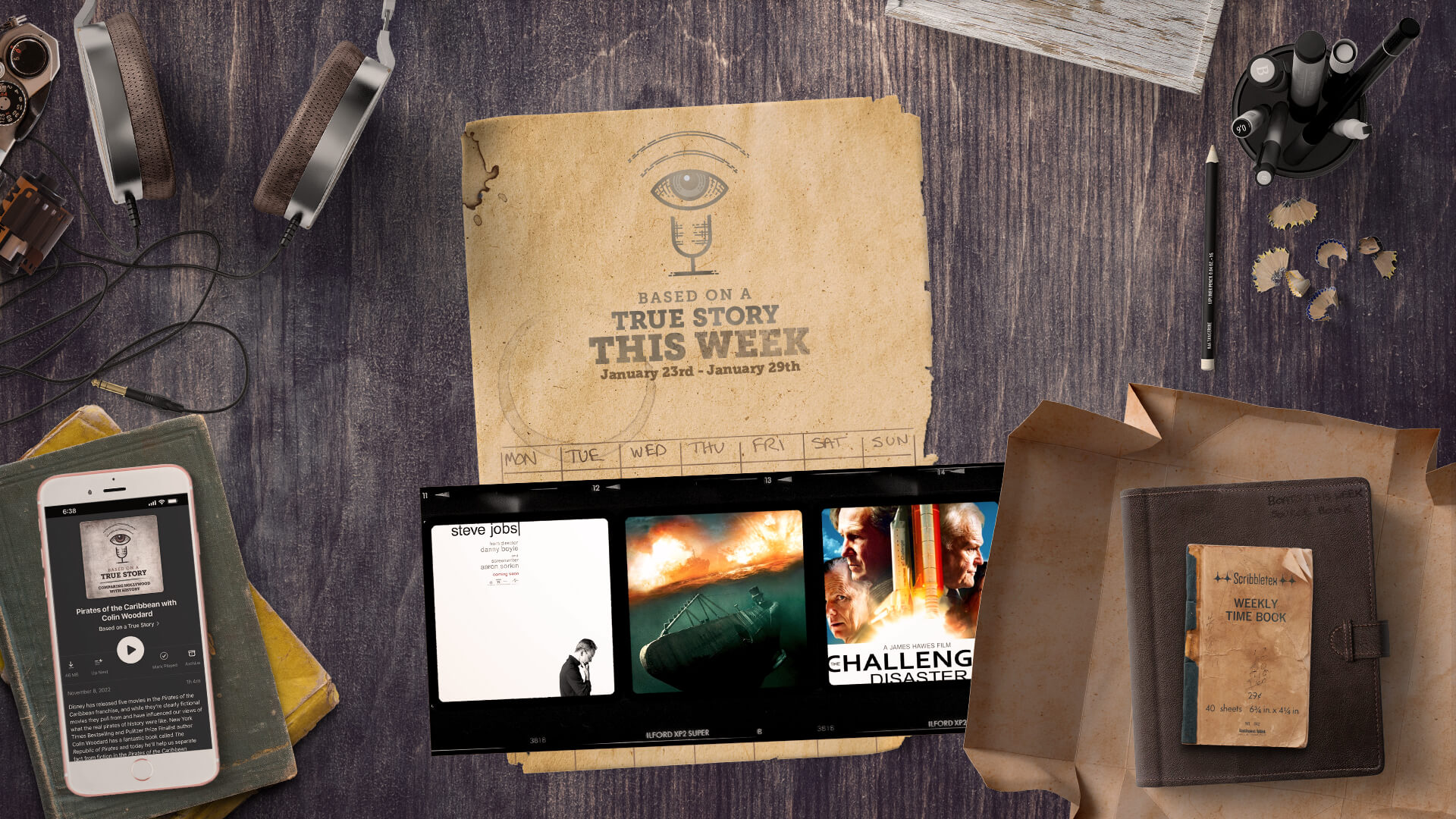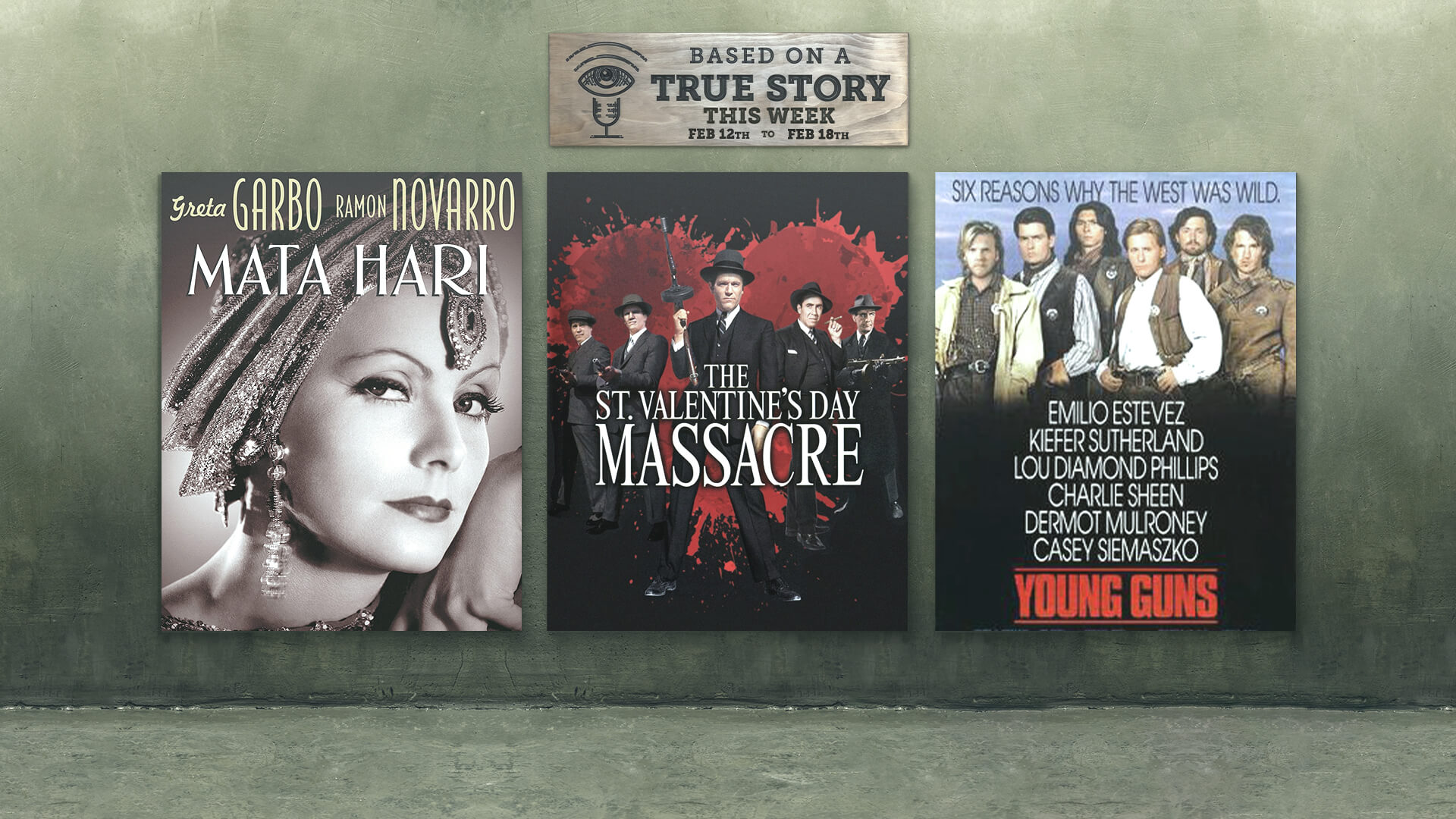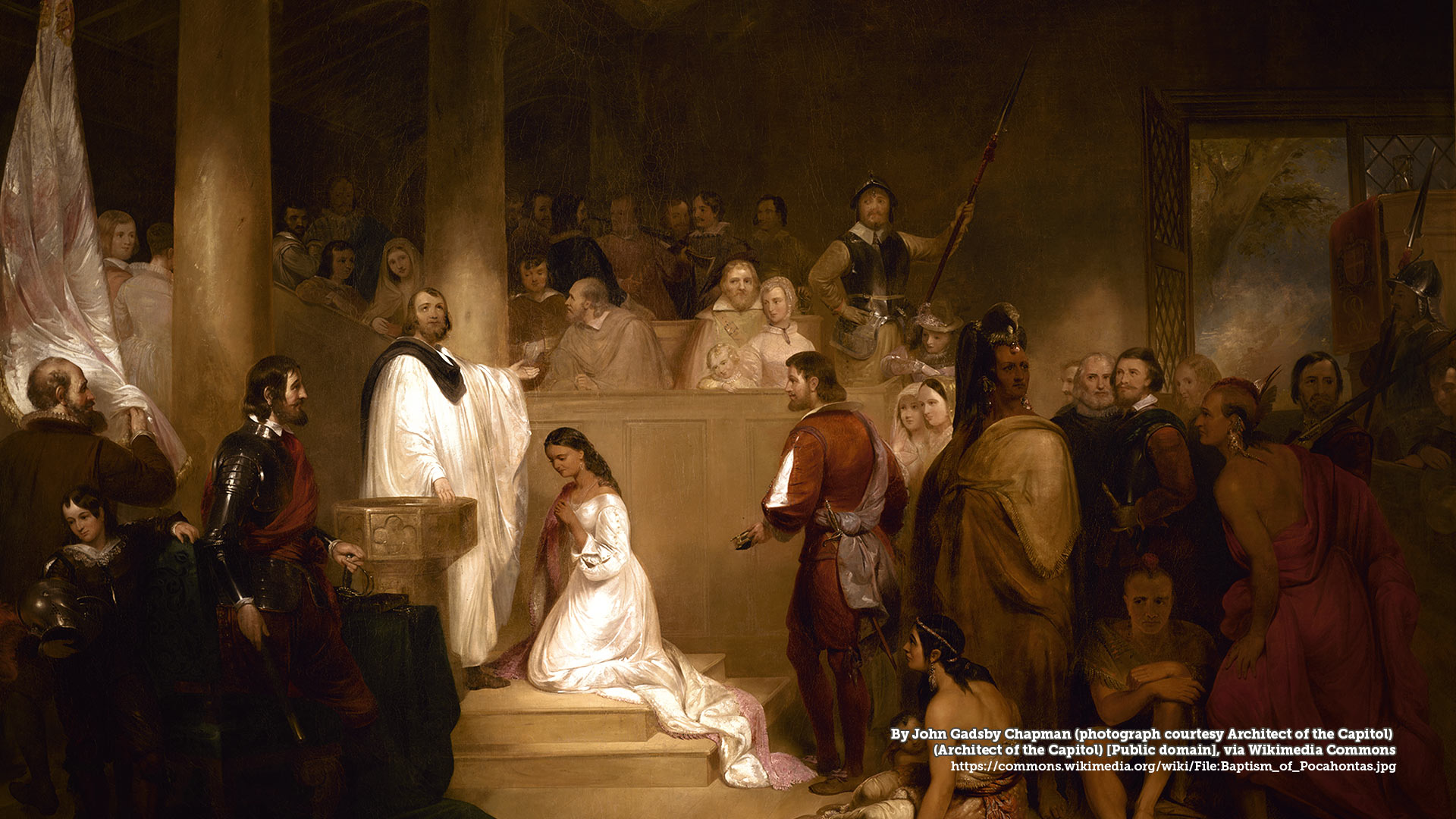BOATS TODAY (SEPT 5, 2024) — After four days of fighting the flames, the Great Fire of London was finally extinguished on this day in 1666 so today we’ll learn more about how the events from exactly 358 years ago today were shown in the TV miniseries called The Great Fire.
Until next time, here’s where you can continue the story.
Did you enjoy this episode? Help support the next one!
Disclaimer: Dan LeFebvre and/or Based on a True Story may earn commissions from qualifying purchases through our links on this page.
Transcript
Note: This transcript is automatically generated. Expect errors. Reference use only.
September 5th, 1666. London, England.
The entire final episode is set on September 5th, but we’re going to fast forward further into the day. At 39 minutes, we’re in the city streets of London.
We’re in the city streets of London, and although we can’t see any fires in this shot, the air is thick with an atmospheric haze. In the foreground, tents and makeshift stalls line both sides of a narrow, dirt pathway, with awnings draped over them to provide shade and shelter. The scene is filled with activity as various townsfolk go about their business.
Emerging from the haze in the background is Jack Huston’s character, King Charles II. He’s riding a white horse that reminds me of Shadowfax, but it’s really the plumed hat on his head that stands out against the smoky background. Behind the king’s horse, a handful of soldiers march along—it looks like a couple of the soldiers are also on horseback, but mostly the soldiers in the king’s entourage is on foot. Among the crowd we can hear people announcing the king is coming, as everyone turns to watch him make his way through the busy streets.
The camera cuts to a jail cell as we see a woman bound and tied up as a couple other women strip off her red dress to reveal tattered white undergarments. We can tell from the actress, that this is Rose Leslie’s character, Sarah. She looks as if she’s exhausted, or hungry, or in some sort of a daze as she can barely stand on her own power—but she’s forced to be standing because of the chains hanging from the ceiling with handcuffs clasped around her hands.
Charles Dance’s character, Lord Denton, is in the room as well. He’s just looks at Sarah for a moment, before leaving her alone in the room and closing the door behind him.
Back in the street, the crowd is gathering around the king’s horse now as he addresses them all.
He starts by saying there’s been a conspiracy in our city that the great fire was some sort of a Catholic plot to ruin us all. Then, speaking about Sarah, the king mentions how she’s being held captive right now on the accusations of intentionally starting the fire.
Someone in the crowd yells out that they should burn the papist bitch—speaking of Sarah, a woman we can assume this random person in the crowd has never even met. Nevertheless, it showcases the anger and desire for holding someone accountable.
Just then, another man on horseback enters the frame, telling the king that the breaks are holding. We’ve gotten the better of the fire. We can tell from the actor of this new character that it’s Oliver Jackson-Cohen’s version of James, the Duke of York.
The crowd turns on James, saying he’s one of them—he’s a Catholic, too! Burn every Catholic who started this fire, they should all pay!
King Charles speaks over the crowd, where does that end? My queen? My mother? Where does the death and destruction end, he asks? We have the better of the fire, now. This is a time for reflection. We’ve already lost so much, why should we lose more lives?
Then, he says something that makes the crowd quiet down. He says, do we really see our enemy? Isn’t fear our enemy? And it’s fear that’s making us start these rumors and conspiracies of plots and uprisings? Haven’t you sacrificed enough without seeking scapegoats for our anger in the Catholics or foreigners?
Matter-of-factly, the king states the city stands. We will rebuild. Those who lost homes will be compensated, those who are hungry will be fed. Fear has not defeated us.
The crowd cheers, “Long live the king!”
In the next shot, we can see Sarah released from prison. She returns to what’s left of their home with Thomas and the children. The building is all but gone, with little more than charred remains where the walls used to be. And there it is. The oven that started it all. I suppose it makes sense that it survived the fire. It is, after all, designed to be fireproof. When you close the door, of course.
And so, at the end of the series it comes full circle as we see Hannah opening the same oven door that she forgot to close a few days earlier. Together, the family accused of starting it all helps in the rebuilding process as they bake bread to feed their neighbors who lost everything.
The true story behind this week’s event depicted in the TV series The Great Fire
That’s was about five minutes of screen time from the series, and let’s start similar to how we did when we learned about the start of the blaze: The people.
Some of them we learned about last time like Thomas Ferriner, so I won’t repeat that. But, a couple characters we didn’t see then that we do now are, in order of their appearance in this segment: King Charles II, Sarah, Lord Denton, and James, the Duke of York.
King Charles II really was the King of England in 1666. Shadowfax was not his horse, though, sorry—I didn’t really mean that—I just said that because anytime I see someone riding a beautiful white horse, I can’t help but think of Gandalf’s horse from The Lord of the Rings.
As for the other characters, both Sarah and Lord Denton are fictional characters, but the Duke of York was a very real person. He was the brother of King Charles II, and would eventually go on to become King James II of England and Ireland and James VII of Scotland. But, for our story today, it is true that Charles asked his brother, James, to supervise something that hadn’t really existed before: A fire brigade.
Now, I know we’re talking about the great fire here, so this isn’t something we don’t see in the series at all, but in the true story the Great Fire of London was not the first disaster that King Charles II had to deal with.
Just the year earlier, in 1665, up to 7,000 Londoners a week were perishing from the last major epidemic of the bubonic plague. History remembers that event as the Great Plague of London, which spanned from 1665 to 1666 and claimed the lives of about 100,000 people. That’s about a third of the entire population of London at the time—which was about 350,000 people. So, you have that happening, then just as that starts to subside, this huge fire breaks out and causes even more destruction.
You can start to understand why Londoners were angry, frustrated, sad…exhausted.
In the series, we see this frustration turning into a call to burn the Catholics or casting the blame on the very vague term foreigners. If you think about it, we still see this sort of thing today—just look at politics anywhere, and they’re blaming foreigners or some vague “other” group of people as the enemy to blame for their troubles.
And the Great Fire of London was no different.
Do you remember the story of King Henry VIII and the Church of England? We’ve covered that more with episodes on movies like The Other Boleyn Girl which I’ll link to in the show notes, but in a nutshell, when the Pope refused to annul Henry’s marriage so he could replace his then-wife Catherine with another woman named Anne Boleyn, Henry took matters into his own hand. To get the annulment of Catherine’s marriage to go through, he broke the entire country of England away from the Roman Catholic Church and established the Church of England with himself as the head. That let him annul the marriage legally so he could replace his wife.
That was in 1534, and this split from the Roman Catholic Church caused a ton of upheaval in England between Catholics and Protestants. There’s a lot of complexity once you get into religious theology, of course, but basically you can think of Protestants as being any of the Christians who aren’t Catholics.
Fast forward from 1534 to 1666, and in those 132 years, generations of Londoners witnessed or took part in countless acts of violence between Catholics and Protestants. Probably the first big one is what we now know as the Pilgrimage of Grace, which has a deceptively peaceful sounding name. That was a revolt to Henry’s break from the Catholic Church that saw tens of thousands of people revolt until King Henry VIII’s side win and many of the revolt’s leaders being executed. That was two years after Henry’s break from the Catholic Church, but it was hardly the last. The Marian Persecutions from 1553 to 1558, the Northern Rebellion in 1559, the Gunpowder Plot of 1605 that saw Catholics attempt to blow up the Houses of Parliament—remember, remember, the fifth of November—even the English Civil War from 1642 to 1651 saw religion being a major factor in the violence.
With that context in mind, perhaps now it makes a little more sense why Londoners in 1666 jumped to the conclusion that this was a Catholic plot to oust Protestants from England. After all, it does seem to be in line with some of the other acts of violence over the past hundred or so years.
Part of King Charles II’s speech in the series mentions more than Catholics, though, it also mentions foreigners. And that little detail is historically accurate because at the time of the fire, England was at war with both France and the Dutch Republic—today, that’s the Netherlands.
So, those are the “foreigners” referenced in the series, and it is true that Londoners thought they might’ve been behind the fire. If it wasn’t the Catholics, it must’ve been foreigners. Someone was to blame, and it certainly wasn’t the person in the mirror.
Although we don’t hear the name mentioned in the series, in the true story, a lot of English blamed a French watchmaker named Robert Hubert. Why him? Well, because he confessed to throwing a fire grenade into the bakery to start the fire. And it probably didn’t help that Thomas Farriner signed a document accusing Hubert of starting the fire.
They executed Hubert almost immediately, despite the confession being coerced under duress and substantial evidence that he wasn’t even in London when the fire started. Today, it’s accepted knowledge that Robert Hubert’s accusation was false.
The series is also correct to show King Charles II being the one to squash those conspiracies of the fire being arson at the hand of Catholics or foreigners. I highly doubt it happened in a speech from his horse like we see in the movie, but his official stance was that it was an act of God. He pointed out that it was an extra dry summer. There were strong winds that fueled the flames.
And today, that’s what most people think was the real culprit: Almost a perfect storm of conditions, so if it didn’t start with a spark from a bakery then it’s likely something else would’ve started a blaze.
You see, in 1666, they simply didn’t have fire standards in buildings. They were made of wood, they used an extremely flammable substance called pitch for the roofs, and the buildings were packed together so tightly that some buildings were hanging over others—making it extremely easy for flames to fall from one building to another and keep spreading the fire.
If you listened to the starting episode of this miniseries a few days ago, I mentioned the name Samuel Pepys as being someone whose diary has taught us a lot about what really happened. Well, since that was just his personal diary that happened to capture this momentous time in history, he also talked about what things were like in London before the fire.
And even he made note of how unusually dry it was that summer. He commented on how dry the wooden buildings were because of it. So, you essentially have drought conditions in a city made of wood and pitch.
Throw in some strong winds and it’s no wonder the fire spread as fast as it did.
I mentioned the fire brigade before, and that’s another element of the “perfect storm” of conditions. None of this is shown in the series, of course, but to get some more historical context, there simply wasn’t a central firefighting service in place. When a fire happened, local volunteers were called upon to help fight it. Usually what they did was destroy the buildings around the fire, so it had nowhere to go. Then, sometimes they’d throw water on it—but they only had leather buckets or what they called a fire squirt. That’s the precursor to the modern fire engine, but that’s where the comparison ends because squirting water is an appropriate term. Squirts could only hold between half and one gallon of water. That’s about six pints, or 3.4 liters.
Imagine getting a squirt gun and trying to put out a burning building, and that gives you a pretty good idea why they weren’t able to slow down the fire.
In the series, we do see James telling King Charles they’ve finally gotten the better of the fire. And, that is true.
I know at the end of the last minisode, we weren’t sure if the fire would burn down the entire city, but it did not. That’s because the same winds that helped spread the fire started to die down. That, coupled with James, Duke of York’s fire brigades tearing down buildings in the fire’s path finally managed to get the fire under control exactly 358 years ago today.
As a little side note, while it might seem odd to tear down buildings, even with better fire safety standards today, that’s actually a common firefighting tactic. They’re called firebreaks and more commonly today you’ll find natural firebreaks like rivers or sandy areas where there’s no vegetation to burn, things like that. Firefighters today will mimic that sort of thing by clearing out trees or anything else the fires might use to spread as a way of slowing it down. In a dense urban city, that can mean demolishing buildings just like they did back in 1666.
The last thing to point out is that sometimes you’ll find the date of September 6th as the end of the fire, but the TV series we watched today mentions September 5th—just like I did in this minisode, too. The reason for that is simply because fires aren’t light switches. You don’t just turn them off. So, September 5th is when they got the fire under control. But, on September 6th, they did go around and put out the remaining fires that were still burning around the city.
And then, of course, just like we see in the series, began the long process of rebuilding that which was lost.
Share this:
- Click to share on X (Opens in new window) X
- Click to share on Facebook (Opens in new window) Facebook
- Click to share on Reddit (Opens in new window) Reddit
- Click to share on Pocket (Opens in new window) Pocket
- Click to share on LinkedIn (Opens in new window) LinkedIn
- Click to share on WhatsApp (Opens in new window) WhatsApp
- Click to share on Telegram (Opens in new window) Telegram
- Click to email a link to a friend (Opens in new window) Email
- Click to print (Opens in new window) Print



